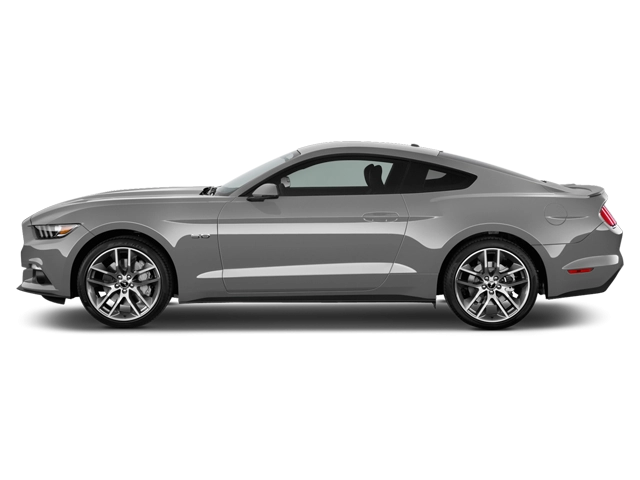2005 Ford Mustang Owner's Manual

Table of Contents
2005 Ford Mustang Overview
Introduction
The 2005 Ford Mustang marks a significant milestone in the iconic pony car's heritage, merging modern technology with classic American muscle. This model year initiated a new era in Mustang design, featuring a retro-inspired look that pays homage to its rich history while embracing contemporary performance and safety. With its bold styling and powerful engines, the 2005 Mustang quickly captured the hearts of enthusiasts and everyday drivers alike.
Powertrains
The 2005 Mustang offered a selection of dynamic powertrains that catered to various tastes. The base engine was a reliable 4.0-liter V6, delivering 210 horsepower and providing a balanced blend of power and efficiency. For those seeking more thrills, the Mustang GT boasted a formidable 4.6-liter V8 engine, cranking out an impressive 300 horsepower. Each engine was mated to a smooth 5-speed manual transmission or an optional 5-speed automatic, ensuring exhilarating performance on the road.
Trims
Features
Owner's Manual
The owner's manual for the 2005 Ford Mustang serves as an invaluable resource for owners, providing detailed information regarding vehicle operation, maintenance schedules, and troubleshooting tips. Clear instructions enhance the overall ownership experience, ensuring that drivers can maximize their enjoyment of this legendary vehicle.
User manual download
The Ford Mustang owner manual for the 2005 model year is to be found in PDF downloadable format on this page. The owner manual for the model year 2005 is free and in English, but the repair manuals are usually not easy to get and may cost more.
Manual Questions
Fill the form below and someone will help you!

